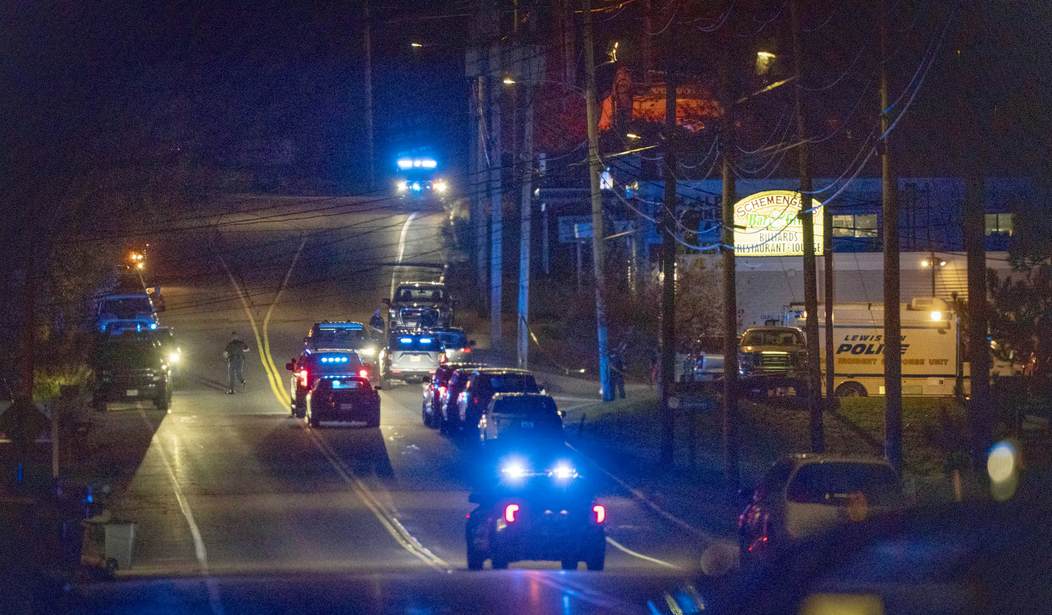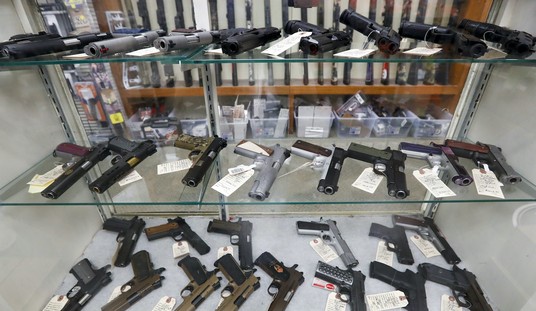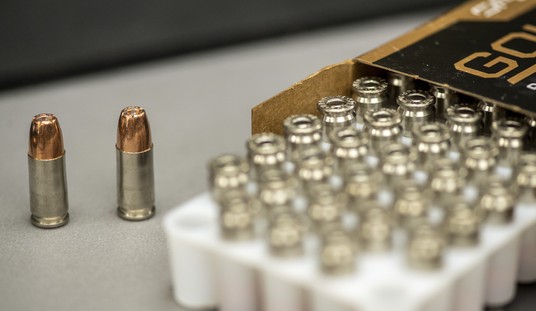***UPDATE***
The initial story from the Portland Press-Herald linked below stated that the suspect was disqualified from purchasing or possessing a firearm, but the paper has since updated their reporting and now say that “According to a criminal history record from the State Bureau of Identification, Card’s ‘Federal Firearms Disqualified Status,’ was listed as ‘unknown.’ The suspect was denied the purchase of a suppressor in early August after self-reporting he had been adjudicated as mental defective or was committed to mental hospital, but according to the FBI’s comment to the New York Times “there was no information on Mr. Card in its background check system that would have prevented him from legally purchasing a gun.”
***Original story below***
As local, state, and federal law enforcement continue to search for the man believed to be responsible for the murder of 18 people and injuries to 13 others in Lewiston, Maine on Wednesday evening, information about the suspect continues to trickle out from official sources.
One important question has now been answered, and it turns out that the suspected killer was prohibited from purchasing or possessing guns.
According to the State Bureau of Investigation, Card is categorized as “Federal Firearms Disqualified Status,” though it remains unclear what law barred him from possessing a firearm. A list of Mainers who have had their weapons confiscated through the state’s “yellow flag law” does not appear to include anyone matching Card. A spokesperson for the state police did not respond to a message asking for clarification about why Card was prohibited.
The SBI hasn’t said anything beyond that basic information, so we don’t know when the suspect was officially categorized as a prohibited person, but the most likely opportunity would have been earlier this summer, when he reportedly spent two weeks in an Army medical center in West Point, New York after displaying “erratic” behavior during training exercises.
While that information was reported to federal officials, it doesn’t sound like it was conveyed to state authorities. The suspects family, however, says they were in contact with both law enforcement and the military over the past few months to express their growing concerns about his “rapidly deteriorating” mental state.
His sister-in-law said the family reached out to police and his Army Reserve base as they “got increasingly concerned” in the last couple of months.
“We just reached out to make sure everyone was on the same page, because he is someone who does gun training,” she said. “We were concerned about his mental state. That’s all.”
Her husband went “back and forth” with the Army, Katie Card said.
“They were following up on it, too, but he’s never been someone we thought would actually do anything,” she said.
According to that NBC News report, the Defense Department official who spoke without attribution said that the New York State Police responded after the officials in the suspect’s unit expressed their concerns about his mental state and took him to Keller Army Community Hospital at the U.S. Military Academy for medical evaluation.
Under an executive order signed by New York Gov. Kathy Hochul, the New York State Police “shall” file for an Extreme Risk Protection Order “when there is probable cause to believe the respondent is likely to engage in conduct that would result in serious harm to himself, herself, or others.” Since the suspect wasn’t a New York resident, an ERPO request wouldn’t have been filed in this case, but I’m curious if the New York State Police ever reported this to their counterparts in Maine, where a “yellow flag” law is in place. If police in Maine had filed a “yellow flag” report after the suspect was released from the Army hospital, the suspect would have undergone another psychiatric evaluation, and if the mental health professional found reason to suspect he was a danger to himself or others, then the case would have gone before a judge.
Regardless of how we might feel about “red flag” laws in general or Maine’s version, which contains a few more due process protections than what is found in most “red flag” laws, specifically, it appears that there were mechanisms that could have kept the suspect from accessing firearms but were never actually used.
Of course, if the suspect’s mental condition continued to deteriorate after he’d spent two weeks receiving inpatient psychiatric treatment, I’d argue that neither a “yellow flag” or “red flag” law would have been the most effective way to keep him away from guns. Why was he released from custody to begin with, and why did the increasing concern from family not result in an attempt to use Maine’s civil commitment law to commit him once more to a psychiatric facility?
The burning question surrounding the suspect at the moment remains “Where the hell is he?”, but “Why wasn’t he in a psych hospital?” is equally important when looking how and if this horrific tragedy could have been prevented.









Join the conversation as a VIP Member